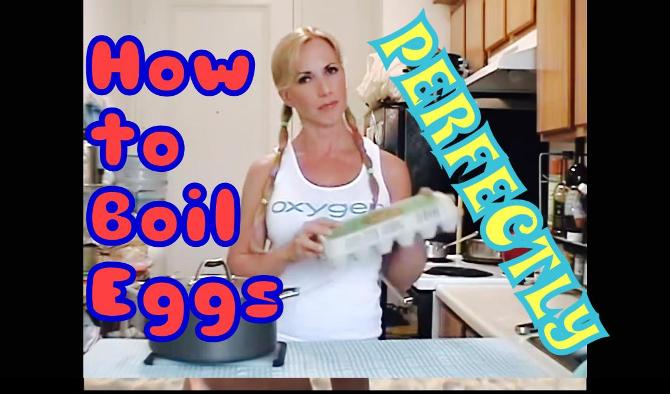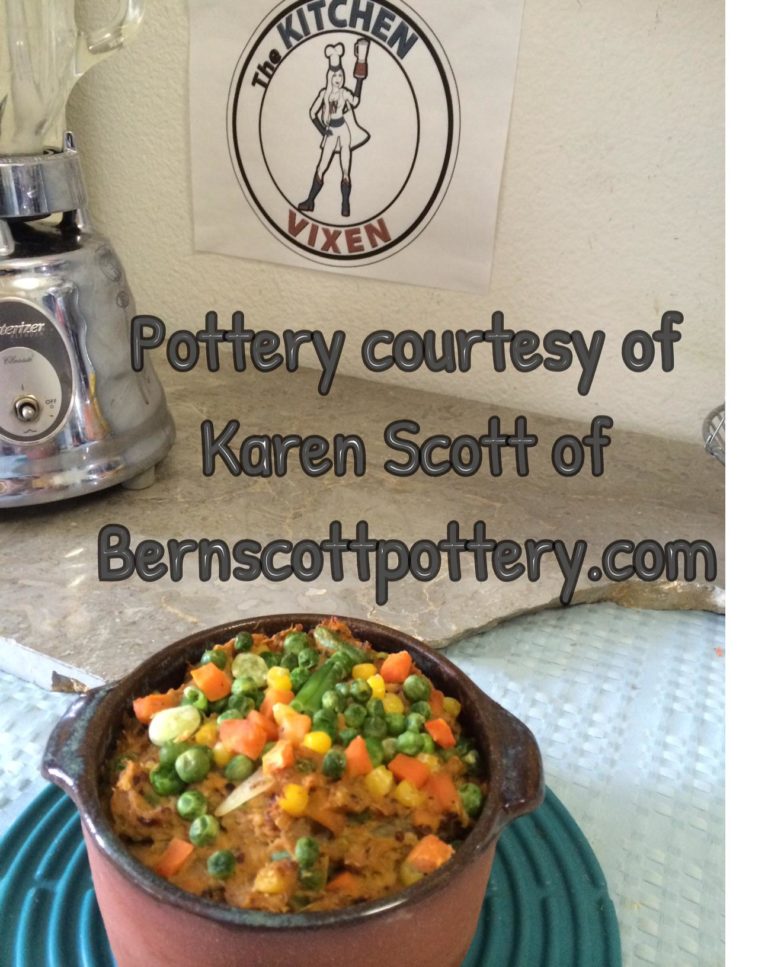Cheaper, NOT Better by Elizabeth Brown, MS, RD
 You get what you pay for
You get what you pay for
“Mediterranean diet healthier, not cheaper,” according to researchers at the University of Navarra in Spain. What a surprise to learn that it is “cheaper” to eat more fat and sugar-laden processed foods than it is to eat unprocessed whole foods. The operative word here is “cheaper.” I was taught that “cheap” refers to poor quality while “inexpensive” does not necessarily imply a substandard product.
So if by “cheaper” they mean “of poorer quality,” then, by all means, highly processed, fat and sugar-laden foods are “cheaper.”
However, there is no denying that diets based on fresh vegetables, fruits, whole grains, legumes, nuts, seeds, “good” fats and lean animal protein are diets that imply “good health.” And guess what? Your health is worth the investment. Pay for it now, as in, buy “quality” food, or pay for it later, as in, “pay for your angioplasty”–your call.
Not only are you investing in quality, long-term good health by purchasing quality whole foods, but you are also investing in your quality of life. Think of all the things you can do and enjoy until the day you die, without limit, just by eating whole foods each and every day.
The researchers go on to say, “Our results are consistent with previous studies that have shown low-energy-density diets, specifically of the Mediterranean dietary pattern, are associated with higher costs of daily food consumption.”
By the way, when the researchers say that these low-energy-density diets are more costly, they mean more costly by less than $1 per 1,000 calories. And, when they refer to “low-energy-density diets,” they also mean that you get a large volume of low-calorie foods for your extra buck.
There are people who spend hundreds, even thousands of dollars on weight loss products and surgery trying to achieve the same goal they can achieve simply by spending one to two more dollars a day on the natural weight loss aid known as the “low-energy-density diet.” The health benefits you gain by following this type of diet will save you thousands in the long run.
This study was conducted by interviewing Spaniards because Spaniards typically follow a Mediterranean diet. With the introduction of American “fast food” into European countries, more Mediterranean dieters are slowly becoming Western dieters. Similar to Americans who enjoy fast food, Europeans are finding fast food convenient, affordable and hence, more popular.
The researchers concluded that “the Mediterranean diet may become more appealing than the Western diet if it were more affordable.” They also said that adding taxes to unhealthy foods or subsidies on health foods are policy options. I would love to believe that making healthy food less expensive would help people eat more whole foods, but the truth is that convenience is the driving force behind food choices.
Instead of relying on policy changes to help us eat better, why not simply take personal responsibility for your own health and well being?
If you want convenient and healthy food, you are going to pay a bit more, but what you are buying is an investment in long-term health and vitality.
An easy way to add more beans to your diet is to make them as convenient as possible. If you want to save money, make dried beans and freeze in small portions for future use. Add beans to burgers, soups, stews, casseroles and salads to increase nutrients and extend the number of servings per dish. Bean dips, such as hummus, are great for dipping fresh vegetables. Bean salads are great “make-ahead” meals. For more user friendly bean recipes, see my website and click on the “Bean” label.
Elizabeth is a Registered Dietitian and Certified Holistic chef who has “bean” educating the public for more than 20 years. To learn more visit her website at https://thekitchenvixen.com/
Convenient Bean Salad
1/2 cup cooked whole grain (brown rice, quinoa, barley)
1 cup black beans (one can drained)
1 cup pinto beans
2 carrots, shredded
1 red pepper, chopped
1 bunch scallions, chopped
1/4 bunch cilantro or parsley, chopped
Dressing:
1 clove garlic, minced
1/3 cup red wine vinegar
3 Tablespoons olive oil
1 teaspoon chili powder
1/2 teaspoon sea salt
1/4 teaspoon black pepper
Cook and cool grain of your choice. Make extra grains and beans and freeze in small quantities for future use. Combine dressing ingredients in a large bowl. Add the rest of the ingredients and toss to coat evenly with dressing. Refrigerate for at least one hour to allow flavors to meld. Enjoy on top of a green salad or as a bed for your favorite fish or fowl dish.


